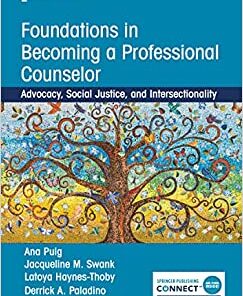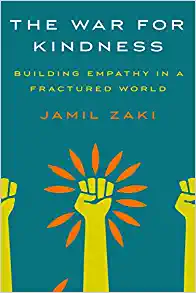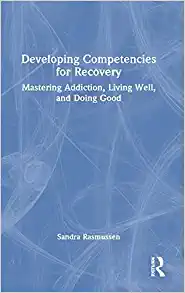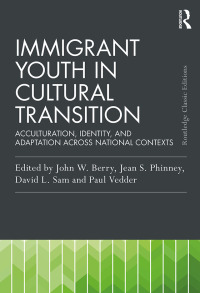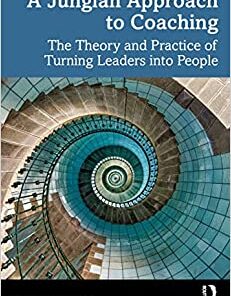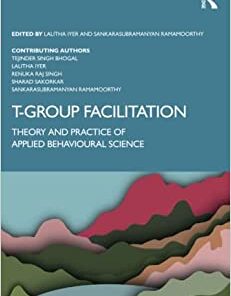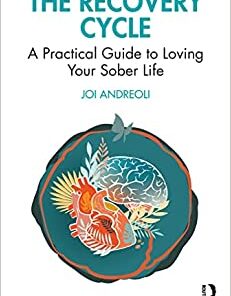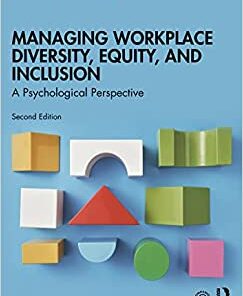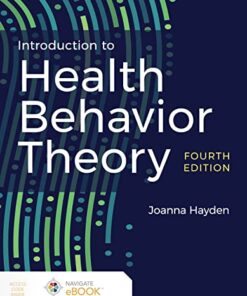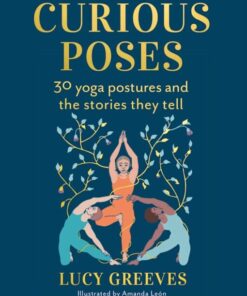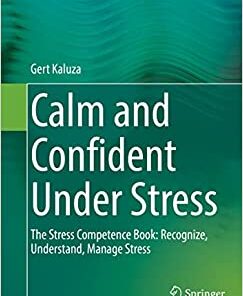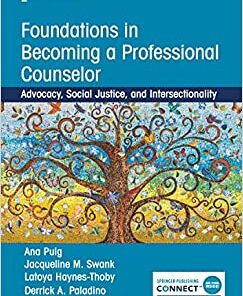Textbook of Autism Spectrum Disorders, 2nd Edition 2022 Original PDF
$10
Textbook of Autism Spectrum Disorders, 2nd Edition 2022 Original PDF
More than 40 years after the official recognition of infantile autism in DSM-III, numerous questions remain about autism spectrum disorder (ASD)―its possible causes, assessment, and most effective treatments. This second edition of the Textbook of Autism Spectrum Disorders features contributions from dozens of experts as it reviews the latest research on these topics and more. As ambitious in scope and exhaustive as the preceding edition, this guide is organized by sections that tackle: • Assessment and evaluation, including recognizing the lower- and higher-order repetitive behaviors characteristic of ASD, as well as its comorbidities. Chapters also discuss the roles that racial and ethnic disparities, gender and sexual identities,and biomarkers and technology―including smart home devices and augmented reality technology―can play in assessment and evaluation. • The possible causes of autism, from prenatal, perinatal, and parental risk factors to syndromic causes of ASD, updates on genetic testing, and the effect of environmental factors and immune dysregulation. • Standard and experimental treatments in autism. Chapters analyze the role of pharmacotherapies such as serotonergic antidepressants, atypical antipsychotics, and experimental therapeutics (e.g., oxytocin, vasopressin) as well as the use of cannabis, cannabinoids, and immunomodulatory agents. The book also examines behavioral treatments, interventions in schools, complementary and integrative medicine approaches, stem cell and gene therapies, and more. • Social policy issues, including the role of patient advocacy groups in treatment development and an examination of autism strengths and the growing emphasis on recognizing neurodiversity. Unrivaled in its thoroughness, the book includes summary points in each chapter for ease of reference and lists of recommended readings that offer readers the opportunity for further study and exploration. For all those in the ASD continuum of care―psychiatrists, psychologists, neurologists, social workers, speech therapists, educators, and patient families―this is an essential resource.
Related Products
Psychology Books
Psychology Books
Psychology Books
Psychology Books
Intimate Relationships, 3rd Edition (Original PDF from Publisher)
Psychology Books
Psychology Books
The War for Kindness: Building Empathy in a Fractured World (EPUB)
Psychology Books
Psychology Books
The Age of Empathy: Nature’s Lessons for a Kinder Society (EPUB)
Psychology Books
Dopamine Nation: Finding Balance in the Age of Indulgence (EPUB)
Psychology Books
Psychology Books
Psychology Books
Psychology Books
Counseling and Psychotherapy for South Asian Americans (EPUB)
Psychology Books
The Psychology of Phubbing (SpringerBriefs in Psychology) (EPUB)
Psychology Books
Psychology Books
Developing Competencies for Recovery (Original PDF from Publisher)
Psychology Books
Psychology Books
Social Cognition (Psychology Revivals) (Original PDF from Publisher)
Psychology Books
Psychology Books
Psychology Books
Psychoanalytic Parent-Infant Psychotherapy and Mentalization (EPUB)
Psychology Books
Traumatic Loss and Recovery in Jungian Studies and Cinema (EPUB)
Psychology Books
Psychology Books
Psychology Books
Psychology Books
Sex and Sexuality in Medieval England (Original PDF from Publisher)
Psychology Books
Psychology Books
The Process of Question Answering (Psychology Revivals) (EPUB)
Psychology Books
Psychology Books
Psychology Books
Psychology Books
Psychology Books
Psychology Books
Psychology Books
Psychology Books
Psychology Books
A Jungian Approach to Coaching (Original PDF from Publisher)
Psychology Books







